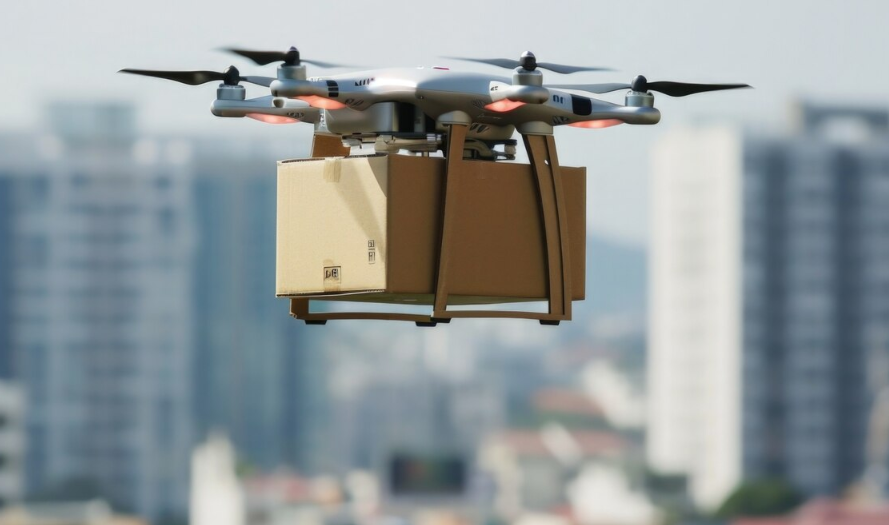Introduction
In today’s fast-paced global economy, supply chains must be more agile, efficient, and resilient than ever before. Robotics technology is playing a crucial role in achieving these goals. From automated warehouses to delivery drones, robotics is revolutionizing every link in the supply chain, driving both productivity and innovation.
The Role of Robotics in Modern Supply Chains
Robots are no longer confined to assembly lines; they now perform a wide range of functions throughout the supply chain, including:
- Automated Warehousing: Robots pick, pack, and transport goods within warehouses, significantly reducing human error and labor costs.
- Inventory Management: Autonomous robots scan and monitor inventory levels in real-time, helping companies maintain optimal stock levels.
- Sorting and Packaging: High-speed robotic systems sort items accurately and package them efficiently for distribution.
- Transportation and Delivery: Drones and autonomous vehicles are starting to handle last-mile deliveries, cutting delivery times and costs.
Benefits of Robotics in Supply Chains
Integrating robotics into supply chain operations offers a variety of advantages:
- Increased Speed and Efficiency: Robots can operate 24/7, dramatically increasing the throughput of warehouses and distribution centers.
- Improved Accuracy: Robotics minimizes human error, ensuring more precise picking, packing, and shipping.
- Cost Savings: While initial investment can be high, automation reduces long-term operational costs by minimizing labor and energy consumption.
- Enhanced Safety: Robots handle dangerous or repetitive tasks, reducing workplace injuries and improving employee wellbeing.
- Scalability: Robotic systems can be quickly scaled up or down based on seasonal demand or market shifts.
Challenges in Implementing Robotics
Despite its benefits, integrating robotics into supply chains is not without challenges:
- High Initial Costs: The investment required for robots and automation systems can be substantial, posing a barrier for smaller companies.
- Complex Integration: Combining robotic systems with existing infrastructure and software can be technically demanding.
- Workforce Adaptation: Companies must retrain or upskill workers to operate, maintain, and collaborate with robots.
- Cybersecurity Risks: As supply chains become more digitized, they become more vulnerable to cyberattacks targeting robotic systems.
Future Trends in Supply Chain Robotics
The future of robotics in supply chains looks promising, with several emerging trends:
- AI-Driven Robots: Robots equipped with artificial intelligence will make more autonomous decisions, learning and adapting to changing conditions in real-time.
- Collaborative Robots (Cobots): Cobots are designed to work safely alongside human workers, combining the strengths of both.
- Flexible Automation: Modular robots that can be easily reconfigured will allow companies to adapt quickly to new products and processes.
- Green Robotics: Energy-efficient robots and sustainable automation practices will align with the growing emphasis on environmental responsibility.
Conclusion
Robotics is reshaping the supply chain landscape, delivering faster, safer, and more cost-effective operations. While challenges remain, the companies that successfully integrate robotics into their supply chain strategies will gain a significant competitive edge. As technology advances, the partnership between humans and machines will define the next generation of global commerce.


